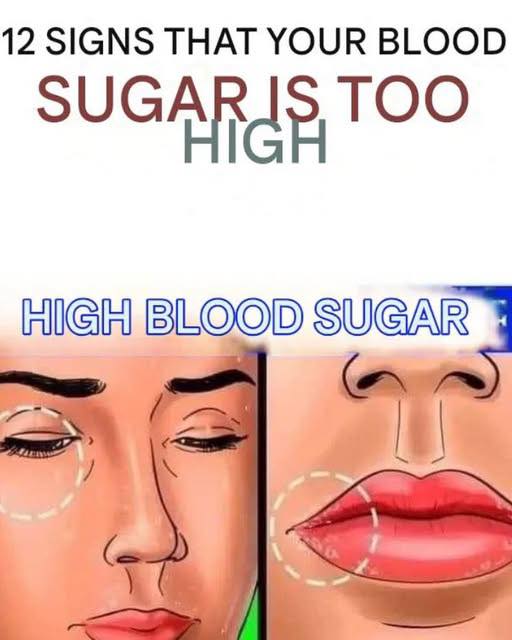High blood sugar, or hyperglycemia, is a silent threat that goes beyond diabetes and can affect anyone at any time. Your body relies on glucose as its main energy source, but when blood sugar levels soar too high and stay elevated, it can quietly cause serious damage. Usually, insulin keeps these levels in check, but factors like poor diet, chronic stress, lack of exercise, and certain health conditions can disrupt this delicate balance, leading to dangerous spikes even in people who don’t have diabetes.
You might notice signs such as an unquenchable thirst and frequent trips to the bathroom, or feel a sudden, intense hunger paired with persistent fatigue that drains your energy. Your vision might become blurry, and cuts or wounds may take much longer to heal than usual. Repeated infections, tingling or numbness in your hands or feet, or unexpected mood swings can also signal that your blood sugar is too high. Dryness in your skin and mouth, breath that carries a fruity or sweet scent, and swelling in your legs or feet are other subtle yet important clues.
Ignoring these symptoms puts you at risk of developing serious health complications like type 2 diabetes, heart disease, kidney damage, nerve issues, vision loss, and even mental health struggles. The good news is that you don’t have to be a passive bystander. By adopting simple but powerful lifestyle changes—such as eating balanced meals high in fiber and low in added sugars, staying active with regular exercise, drinking plenty of water, monitoring your blood sugar when possible, and managing stress through mindfulness or relaxation techniques—you can take control and protect your health.
High blood sugar may often go unnoticed, but paying close attention to your body’s signals and making mindful adjustments now can safeguard your well-being for the long haul. Whether you’ve been diagnosed with diabetes or not, understanding these warning signs and acting early can make all the difference in living a healthier, more vibrant life.
